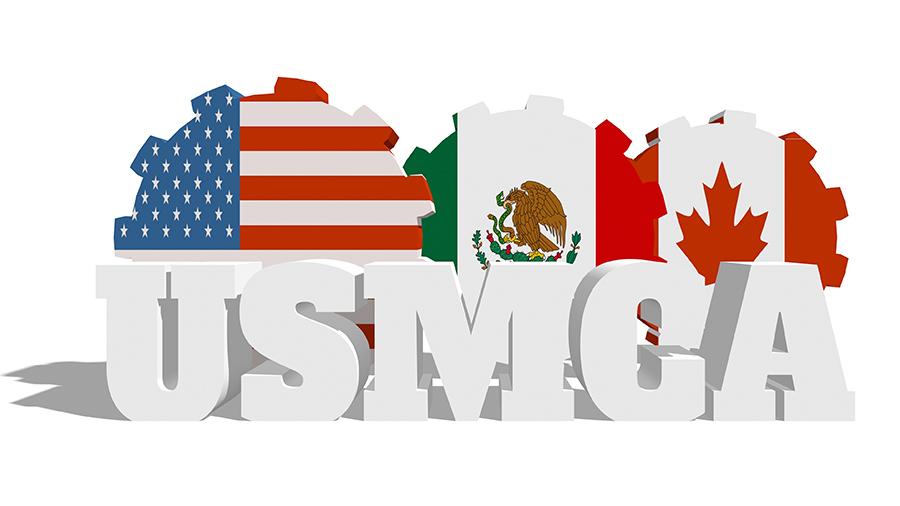
Clear Rules in the USMCA Could Unlock a New Wave of Nearshoring Investment

Amid fluctuating global trade dynamics, experts stress that legal clarity under the USMCA (T-MEC) will be key to reviving foreign direct investment (FDI) in Mexico. As uncertainty surrounding tariffs and domestic policy reforms continues to hinder investor confidence, the call for transparent and stable trade rules has become louder.
Investment Stalled by Uncertainty
Over the past ten months, Mexico has witnessed a notable slowdown in fixed investment, a trend attributed to two major factors: global trade tensions, particularly involving U.S.-imposed tariffs, and lack of clarity in Mexico’s internal economic policy.
According to financial analysts from BX+, Actinver, and Capital, the upcoming 2026 review of the USMCA presents a pivotal moment. If renegotiations deliver long-term clarity, this could become a powerful catalyst for a nearshoring-driven investment rebound.
Alejandro Saldaña, Chief Economist at BX+, highlighted that the USMCA’s legal framework helped Mexico’s exports outperform expectations in 2025 — acting as a lifeline for the broader economy. However, he also warned that these strong exports have not translated into fixed investment, due to concerns over whether USMCA trade rules will remain stable over time.
Tighter Rules of Origin, Greater Pressure on Compliance
The 2026 USMCA renegotiation is expected to bring stricter rules of origin, increasing pressure on Mexico to uphold tariffs against non-North American countries. While this could deepen North American integration, it also introduces policy risk for foreign companies hesitant to invest without long-term certainty.
Enrique Covarrubias, Chief Economist at Actinver, remains cautiously optimistic. He argues that Mexico’s current position in global trade is stronger than many of its emerging-market peers. If the USMCA continues to support regional trade while sheltering Mexico from broader geopolitical friction, investor sentiment could rapidly improve.
Domestic Reforms Still Under Scrutiny
Domestic policy remains a wild card. Alejandra Marcos Iza, Director of Strategy at Capital, noted that recent constitutional reforms — especially those perceived as politically motivated — have complicated Mexico’s investment landscape. Large institutional investors are waiting for the regulatory "pieces on the chessboard" to settle before committing to new projects.
Marcos Iza emphasized that despite political noise, Mexico still holds major nearshoring advantages: cost-effective labor, reliable infrastructure, favorable geographic position, and trade arbitration mechanisms. If these strengths are preserved, Mexico could see a new investment wave — especially as the country increases tariffs on non-partner countries to realign its trade network more closely with North America.
Toward a More Integrated North American Trade Bloc?
In a bold statement, Marcos Iza suggested that the current trade developments might point toward the early stages of a North American customs union. While speculative, she argued that Mexico’s closer alignment with the U.S. on trade, tariffs, and supply chains could be a strategic win for both economies.
As she put it: “The idea of Mexico integrating more deeply with the U.S. makes perfect sense. It’s a potential win-win that boosts regional competitiveness.”
Conclusion: Legal Certainty Is the New Incentive
In the nearshoring era, tariffs and trade agreements have replaced tax breaks and cheap land as the primary investment drivers. Clarity in the USMCA’s long-term rules will determine whether Mexico can fulfill its potential as a regional production hub.
As negotiations approach in mid-2026, investors will be watching for signals that Mexico is a secure, integrated, and policy-stable destination for long-term capital.
If the country can deliver that message clearly, the result could be a surge in nearshoring investments — turning today's hesitation into tomorrow’s industrial boom.



